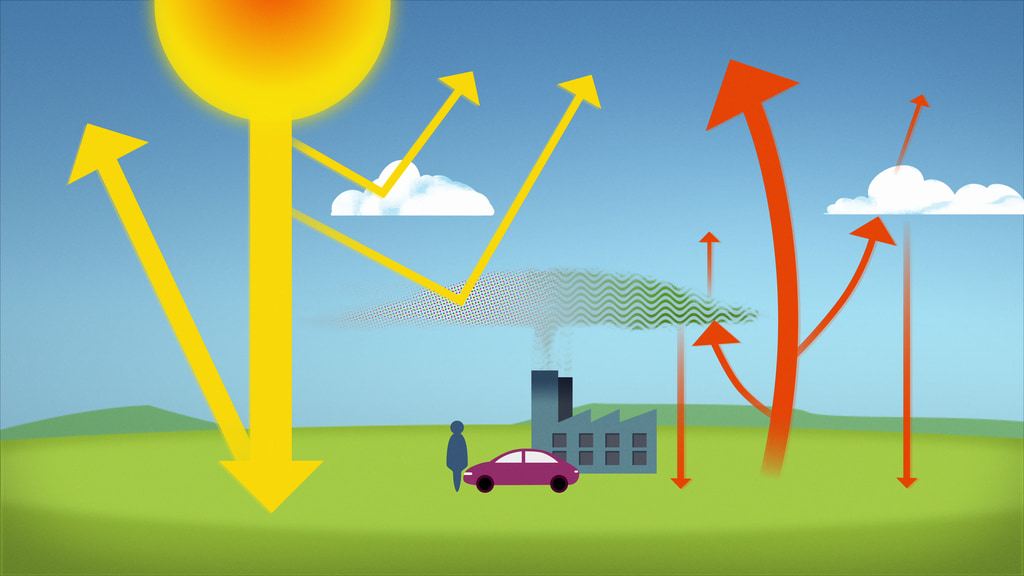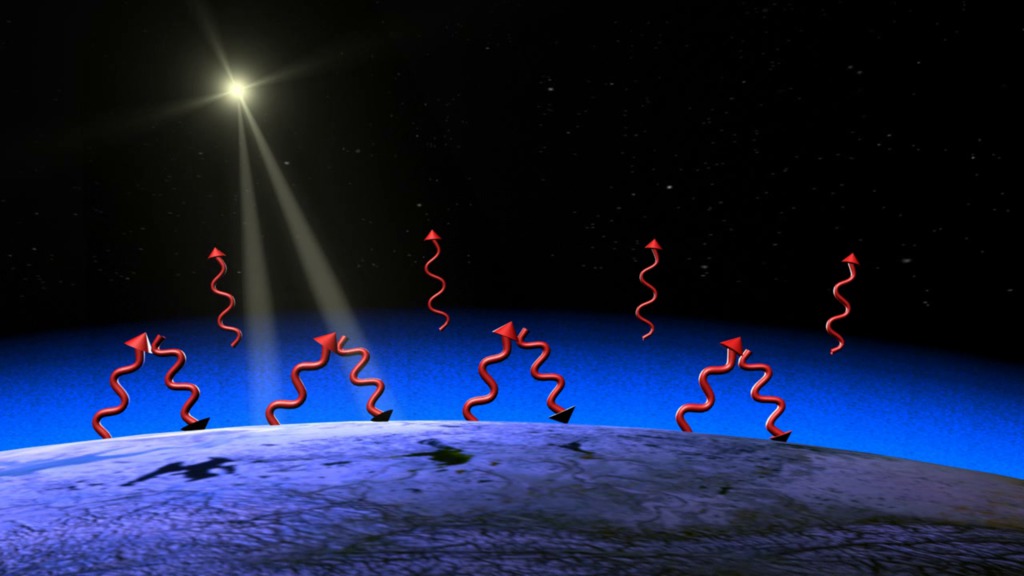Climate Essentials
Overview
This Climate Essentials multimedia gallery brings together the latest and most popular climate-related images, data visualizations and video features from Goddard Space Flight Center. For more multimedia resources on climate and other topics, search the Scientific Visualization Studio. To learn more about NASA's contribution to understanding Earth's climate, visit the Global Climate Change site.
Visualizations
- Visualization
- Visualization
- Visualization
- Visualization
- Hyperwall Visual
- Visualization
- Visualization
- Visualization
- Visualization
- Visualization
- Visualization
- Visualization
- Hyperwall Visual
- Hyperwall Visual
- Hyperwall Visual
- Visualization
- Visualization
- Visualization
- Visualization
- Visualization
- Visualization
- Visualization
Produced Pieces
Temperature Record 101: How We Know What We Know
Go to this page2021 was tied for the sixth warmest year on NASA’s record, stretching more than a century. But, what is a temperature record?GISTEMP, NASA’s global temperature analysis, takes in millions of observations from instruments on weather stations, ships and ocean buoys, and Antarctic research stations, to determine how much warmer or cooler Earth is on average from year to year.Stretching back to 1880, NASA’s record shows a clear warming trend. However, individual weather events and La Niña — a pattern of cooler waters in the Pacific that was responsible for slightly cooling 2021’s average temperature — can affect individual years.Because the record is global, not every place on Earth experienced the sixth warmest year on record. Some places had record-high temperatures, and we saw record droughts, floods and fires around the globe. ||
Climate Change Could Affect Global Agriculture within 10 Years
Go to this pageAverage global crop yields for maize, or corn, may see a decrease of 24% by late century, with the declines becoming apparent by 2030, with high greenhouse gas emissions, according to a new NASA study. Wheat, in contrast, may see an uptick in crop yields by about 17%. The change in yields is due to the projected increases in temperature, shifts in rainfall patterns and elevated surface carbon dioxide concentrations due to human-caused greenhouse gas emissions, making it more difficult to grow maize in the tropics and expanding wheat’s growing range. ||
Warmer Ocean Temperatures May Decrease Saharan Dust Crossing the Atlantic
Go to this pageEvery year millions of tons of dust from the Sahara Desert are swirled up into the atmosphere by easterly trade winds, and carried across the Atlantic. The plumes can make their way from the African continent as far as the Amazon rainforest, where they fertilize plant life.As the climate changes, dust activity will continue to be affected. In a new study, NASA researchers predict that within the next century we will see dust transport approach a 20,000-year minimum. ||
Tracking Three Decades of Dramatic Glacial Lake Growth
Go to this pageMusic: "Dew" by Matthew Nicholson [PRS], Suki Jeanette Finn [PRS]This video can be freely shared and downloaded. While the video in its entirety can be shared without permission, some individual imagery provided by pond5.com is obtained through permission and may not be excised or remixed in other products. Specific details on stock footage may be found here. For more information on NASA’s media guidelines, visit https://www.nasa.gov/multimedia/guidelines/index.html.Complete transcript available. || ImjaLake.jpg (1920x1080) [1.2 MB] || ImjaLake_print.jpg (1024x576) [382.8 KB] || ImjaLake_searchweb.png (320x180) [109.6 KB] || ImjaLake_web.png (320x180) [109.6 KB] || ImjaLake_thm.png (80x40) [7.5 KB] || 13699_GlacierLake820.mov (1920x1080) [1.9 GB] || 13699_GlacierLake820.mp4 (1920x1080) [138.4 MB] || 13699_GlacierLake820.webm (1920x1080) [15.0 MB] || GlacierLake820.en_US.srt [2.1 KB] || GlacierLake820.en_US.vtt [2.1 KB] ||
Plants Are Struggling to Keep Up with Rising Carbon Dioxide Concentrations
Go to this pagePlants play a key role in mitigating climate change. The more carbon dioxide they absorb during photosynthesis, the less carbon dioxide remains trapped in the atmosphere where it can cause temperatures to rise. But scientists have identified an unsettling trend – 86% of land ecosystems globally are becoming progressively less efficient at absorbing the increasing levels of CO2 from the atmosphere. ||
NASA Models Methane Sources and Movement Around the Globe
Go to this pageComplete transcript available.Music: "Reported Missing" by Andrew Michael Britton [PRS] and David Stephen Goldsmith [PRS]This video can be freely shared and downloaded. While the video in its entirety can be shared without permission, some individual imagery provided by Artbeats is obtained through permission and may not be excised or remixed in other products. Specific details on stock footage may be found here. For more information on NASA’s media guidelines, visit https://www.nasa.gov/multimedia/guidelines/index.html. || Methane_Still.jpg (1920x1080) [408.5 KB] || Methane_Still_print.jpg (1024x576) [181.8 KB] || Methane_Still_searchweb.png (320x180) [71.4 KB] || Methane_Still_web.png (320x180) [71.4 KB] || Methane_Still_thm.png (80x40) [6.4 KB] || 13559_Methane_Final.mp4 (1920x1080) [272.5 MB] || 13559_Methane_Final.webm (960x540) [62.2 MB] || TWITTER_720_13559_Methane_Final_twitter_720.mp4 (1280x720) [28.5 MB] || 13559_Methane_Final_lowres.mp4 (1280x720) [43.6 MB] || 13559_Methane_Final.mov (1920x1080) [3.4 GB] || Mathen_captions.en_US.srt [3.2 KB] || Mathen_captions.en_US.vtt [3.3 KB] ||
NASA Finds 2020 Tied for Hottest Year on Record
Go to this pageGlobally, 2020 was the hottest year on record, effectively tying 2016, the previous record. Overall, Earth’s average temperature has risen more than 2 degrees Fahrenheit since the 1880s. Temperatures are increasing due to human activities, specifically emissions of greenhouse gases, like carbon dioxide and methane. ||
Modeling the Future of the Greenland Ice Sheet
Go to this pageMusic: Tides by Jon Cotton [PRS], Ben Niblett [PRS]Complete transcript available. || Greenland_Still_Two.jpg (1920x1080) [941.0 KB] || Greenland_Still_Two_searchweb.png (320x180) [152.3 KB] || Greenland_Still_Two_thm.png (80x40) [8.8 KB] || 13233_Greenland_Outlet_FINAL.mp4 (1920x1080) [253.2 MB] || 13233_Greenland_Outlet_FINAL.mov (1920x1080) [3.4 GB] || 13233_Greenland_Outlet_FINAL.webm (1920x1080) [17.2 MB] || 13233_Greenland_Outlet_FINAL_VX-303985.webm (960x540) [54.0 MB] || GreenlandOutletModel_Fine_V2.en_US.srt [2.9 KB] || GreenlandOutletModel_Fine_V2.en_US.vtt [2.9 KB] ||
Animations
Radiative Forcing
Go to this pageA simplified animation of Earth's planetary energy balance: A planet’s energy budget is balanced between incoming (yellow) and outgoing radiation (red); On Earth, natural and human-caused processes affect the amount of energy received as well as emitted back to space; This study filters out variations in Earth’s energy budget due to feedback processes, revealing the energy changes caused by aerosols and greenhouse gas emissions. ||
Greenhouse Gases Effect on Global Warming
Go to this pageThe 'greenhouse effect' is the warming of climate that results when the atmosphere traps heat radiating from Earth toward space. Certain gases in the atmosphere resemble glass in a greenhouse, allowing sunlight to pass into the 'greenhouse,' but blocking Earth's heat from escaping into space. The gases that contribute to the greenhouse effect include water vapor, carbon dioxide (CO2), methane, nitrous oxides, and chlorofluorocarbons (CFCs).On Earth, human activities are changing the natural greenhouse. Over the last century the burning of fossil fuels like coal and oil has increased the concentration of atmospheric CO2. This happens because the coal or oil burning process combines carbon (C) with oxygen (O2) in the air to make CO2. To a lesser extent, the clearing of land for agriculture, industry, and other human activities have increased the concentrations of other greenhouse gases like methane (CH4), and further increased (CO2).The consequences of changing the natural atmospheric greenhouse are difficult to predict, but certain effects seem likely: - On average, Earth will become warmer. Some regions may welcome warmer temperatures, but others may not. - Warmer conditions will probably lead to more evaporation and precipitation overall, but individual regions will vary, some becoming wetter and others dryer. - A stronger greenhouse effect will probably warm the oceans and partially melt glaciers and other ice, increasing sea level. Ocean water also will expand if it warms, contributing to further sea level rise. - Meanwhile, some crops and other plants may respond favorably to increased atmospheric CO2, growing more vigorously and using water more efficiently. At the same time, higher temperatures and shifting climate patterns may change the areas where crops grow best and affect the makeup of natural plant communities. ||
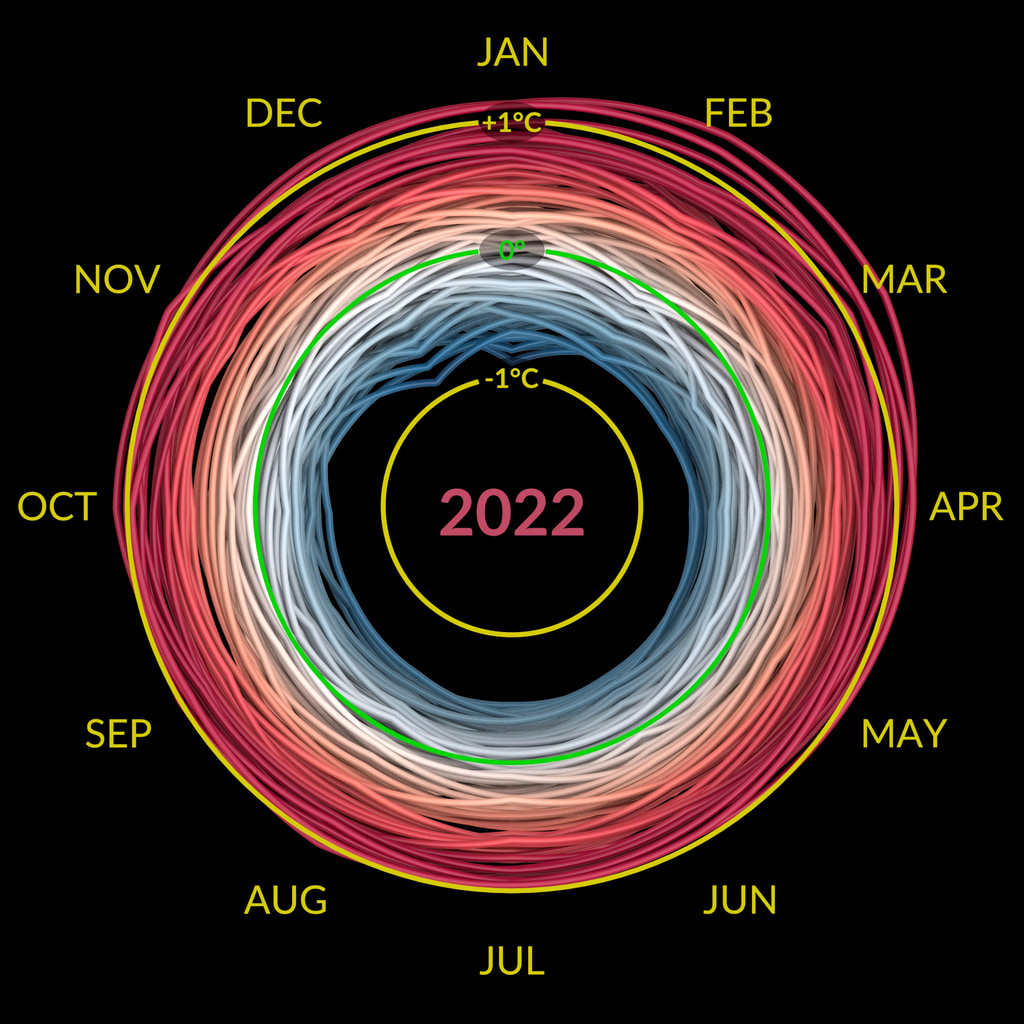
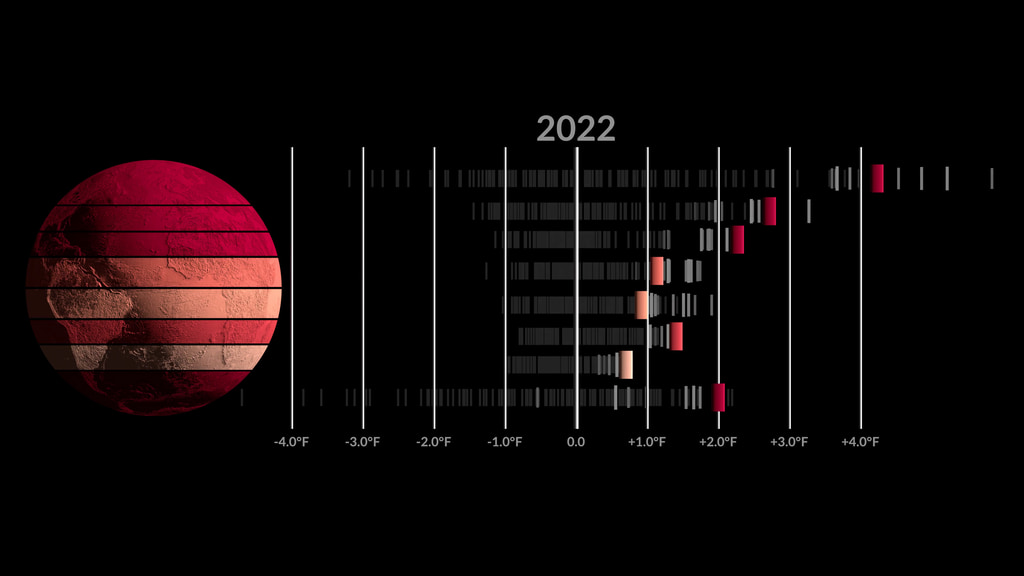
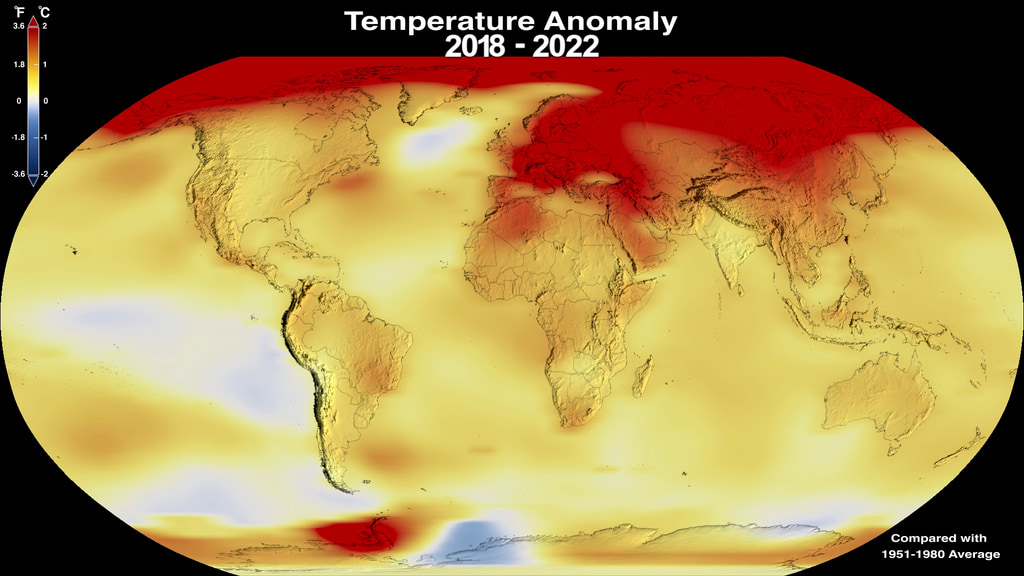
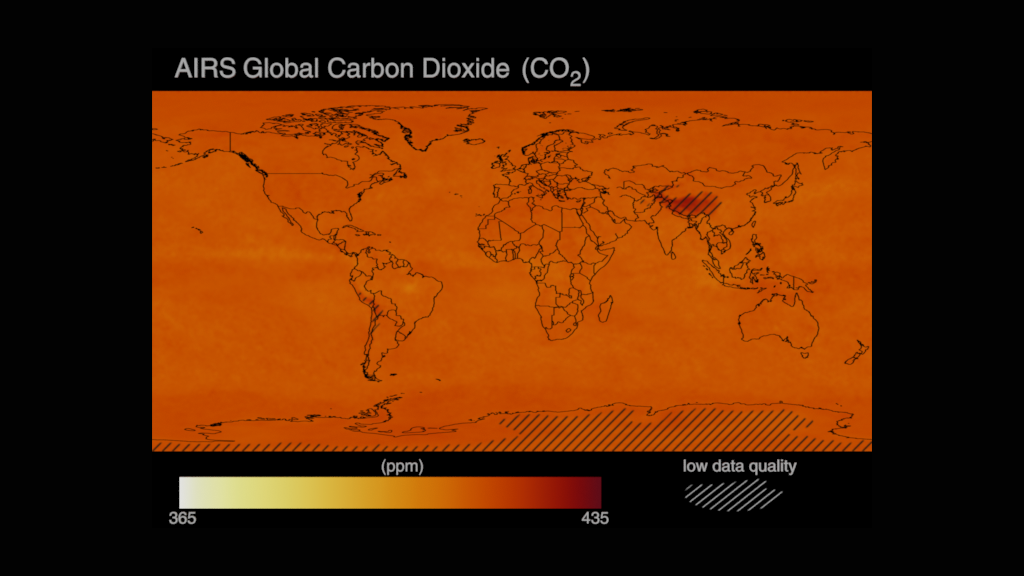
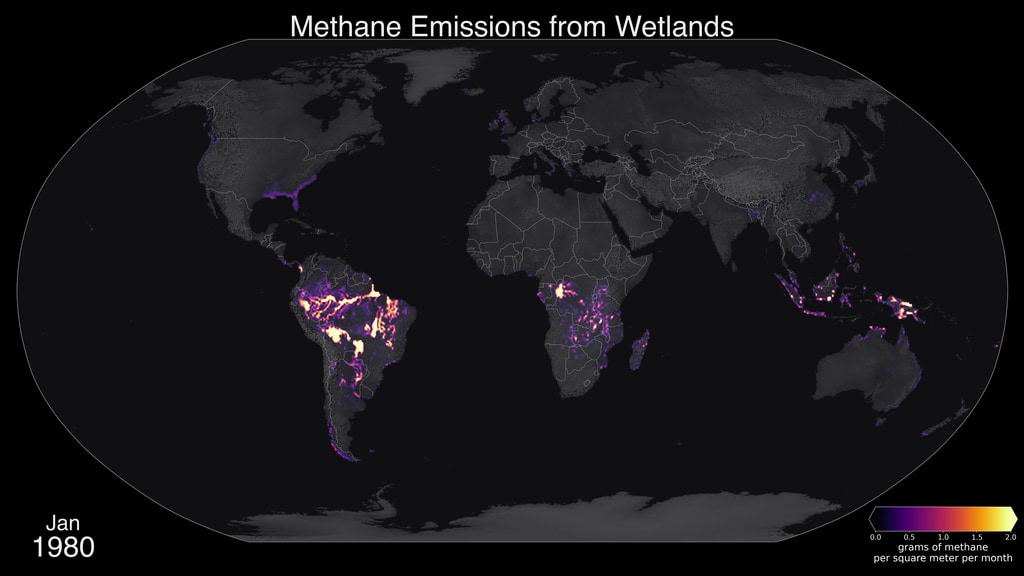
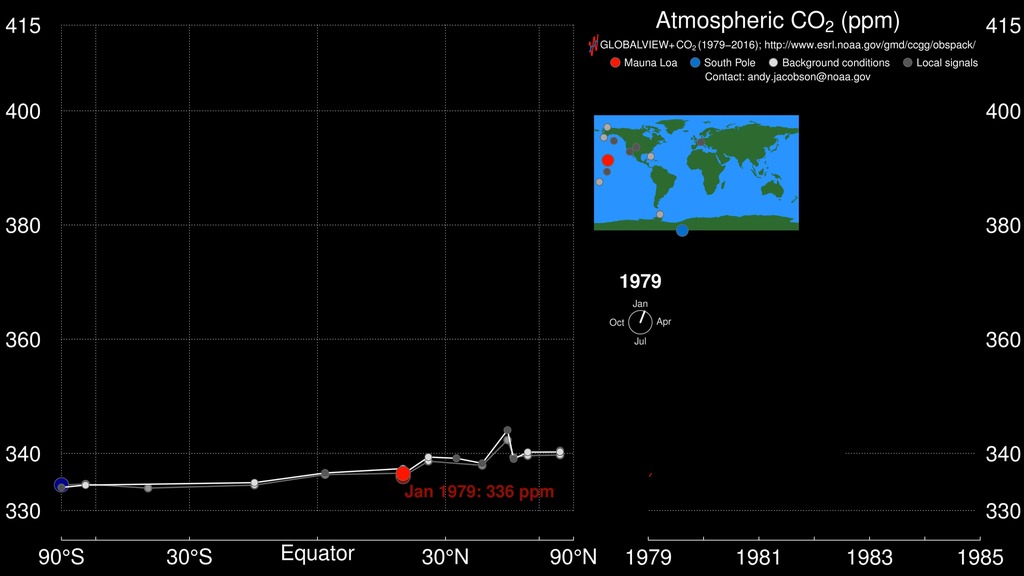
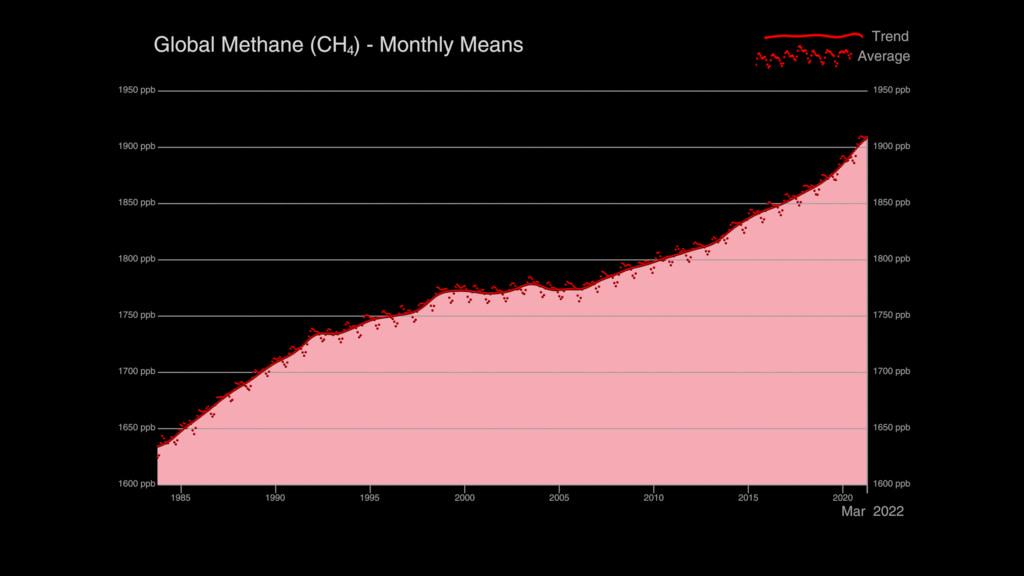
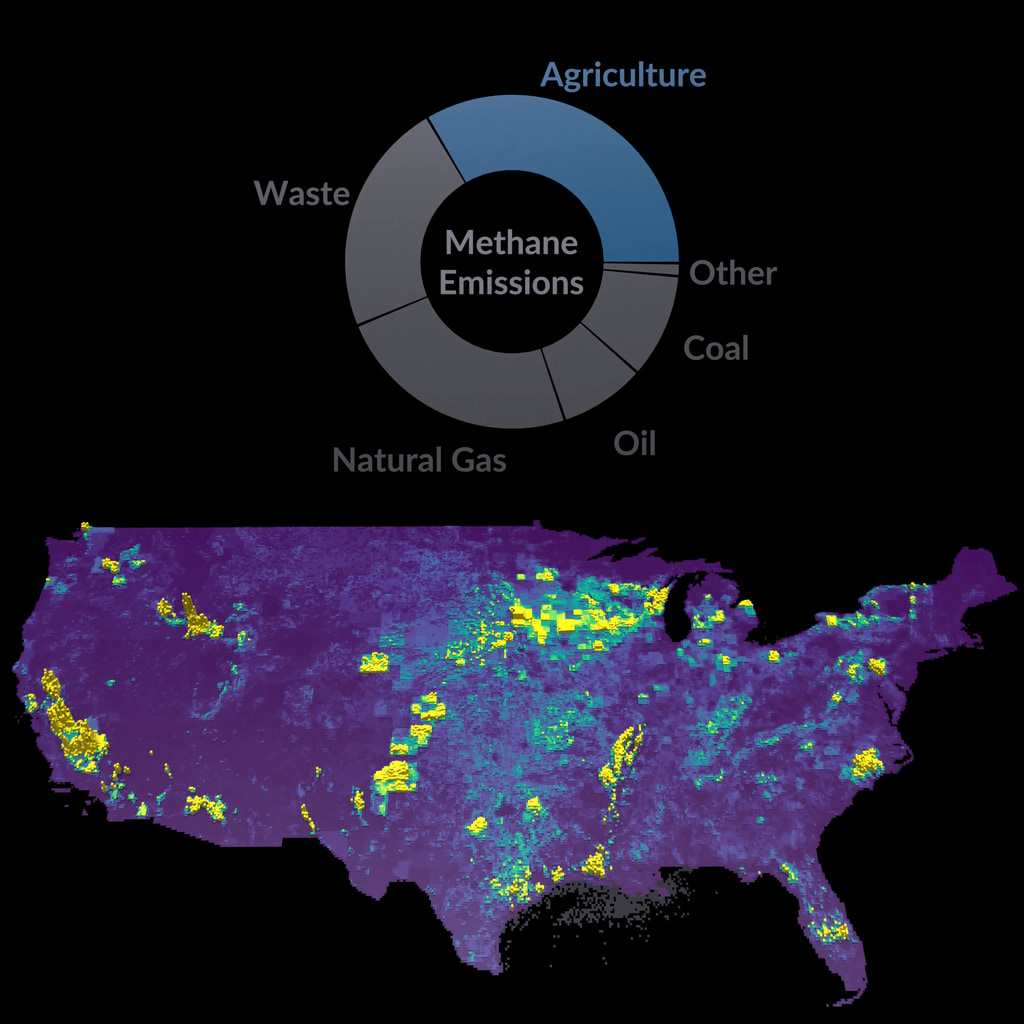
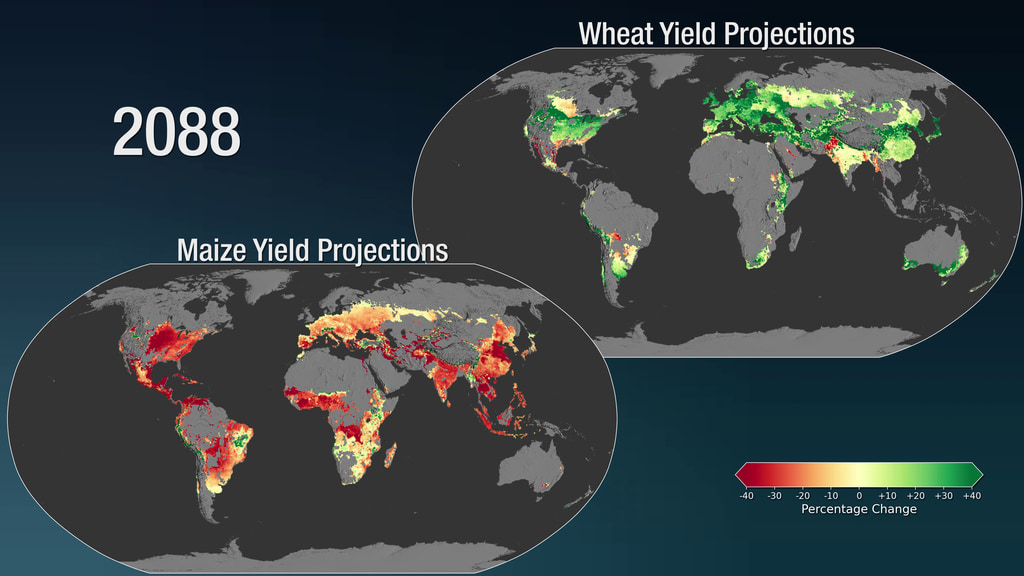
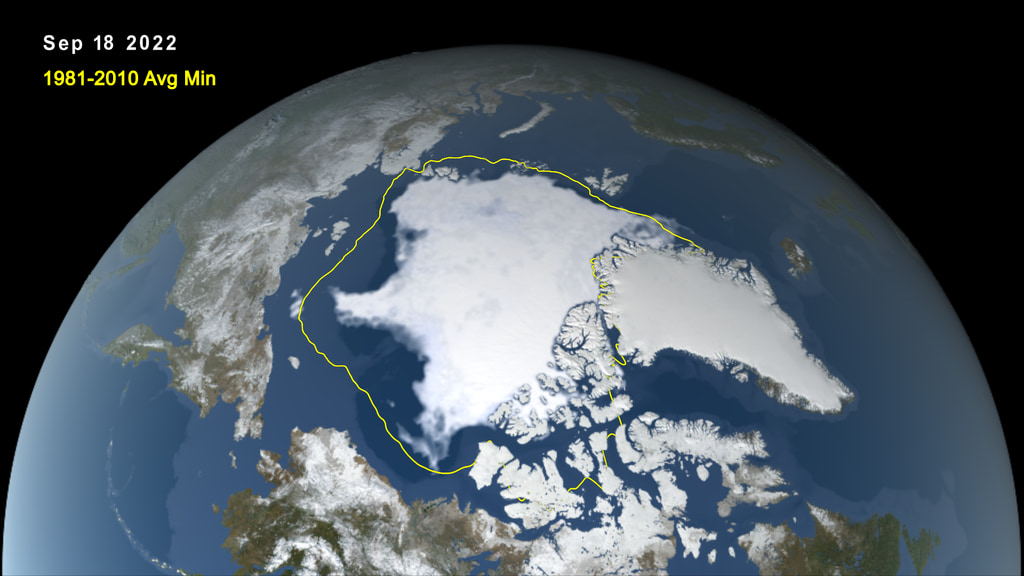
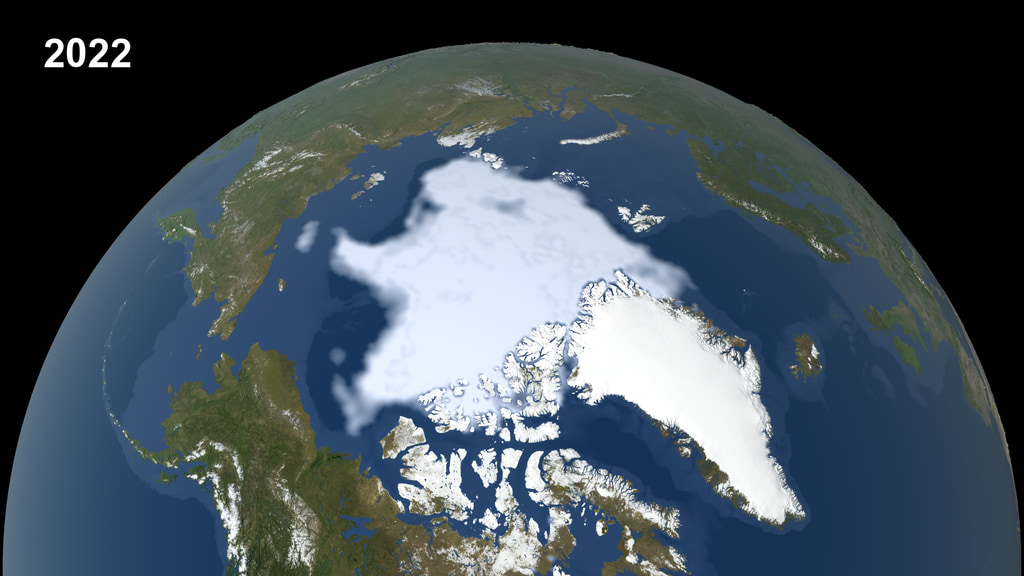
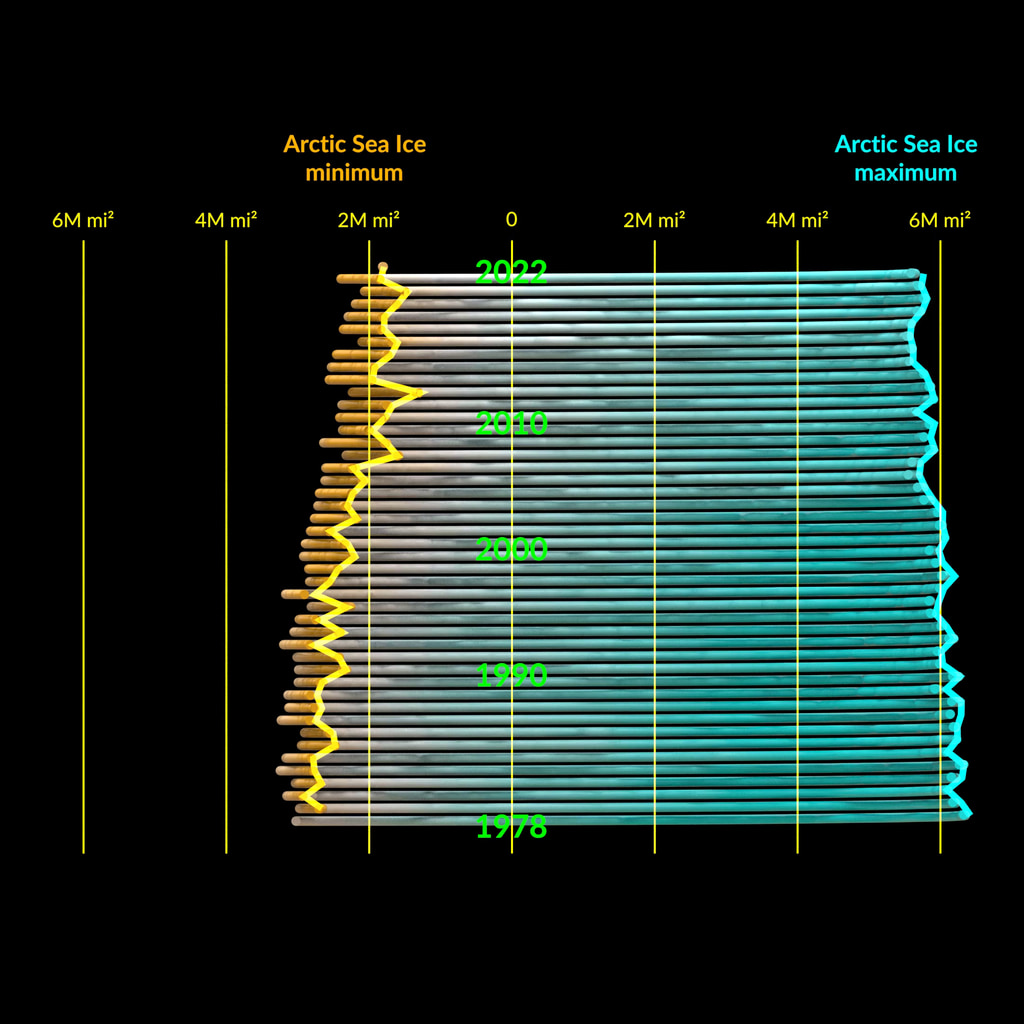
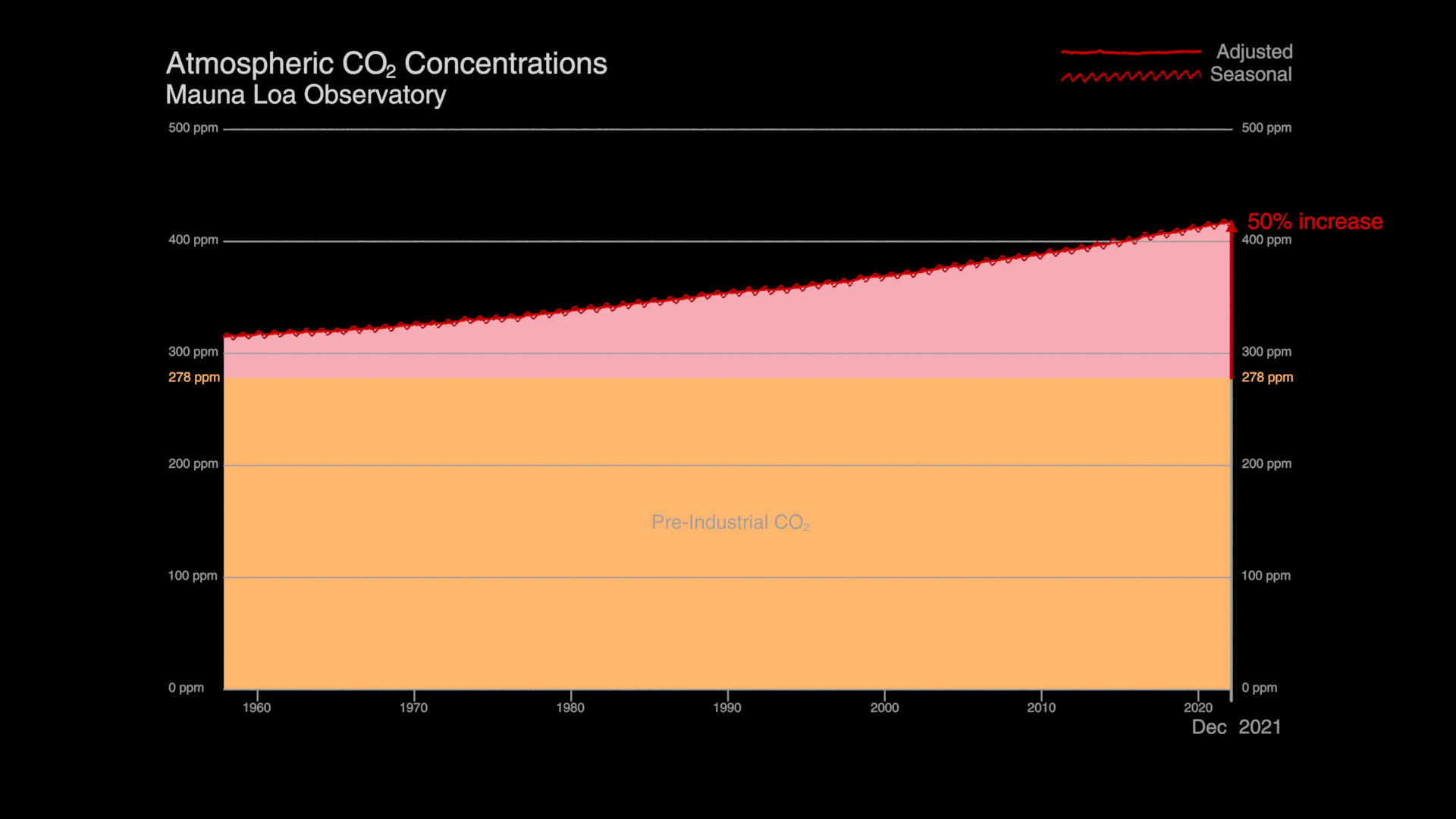
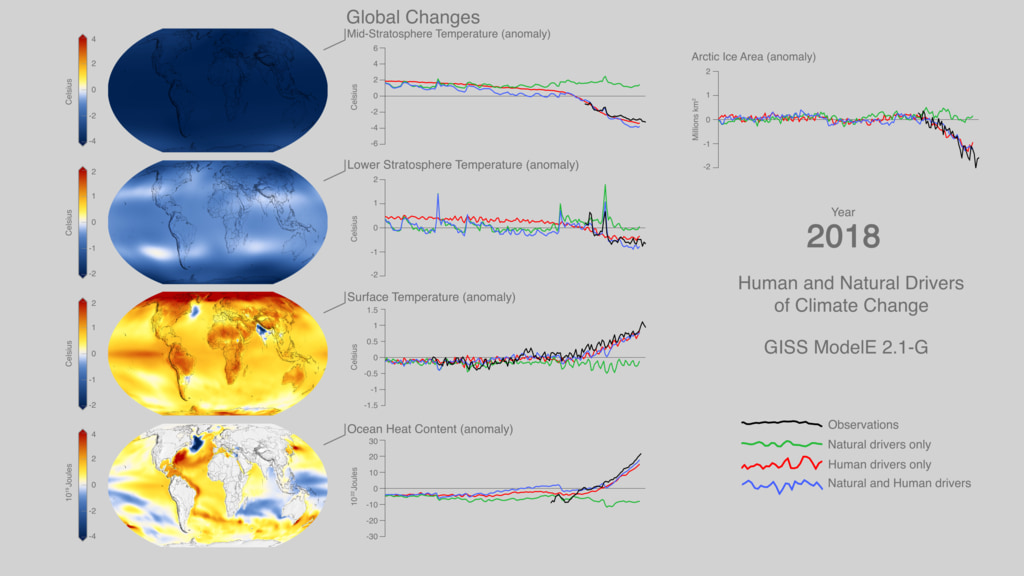
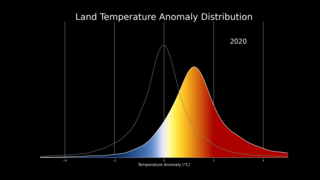
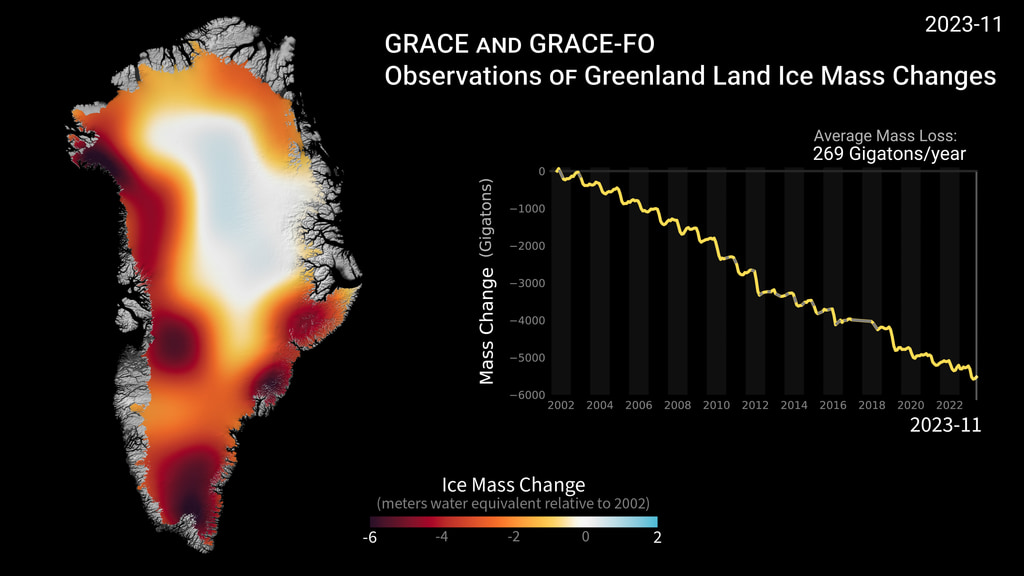
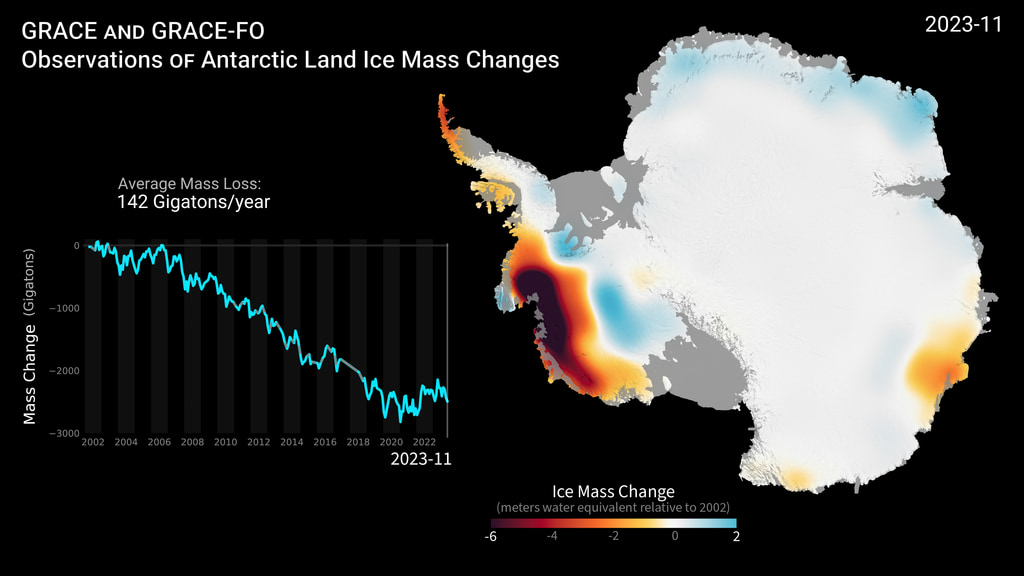
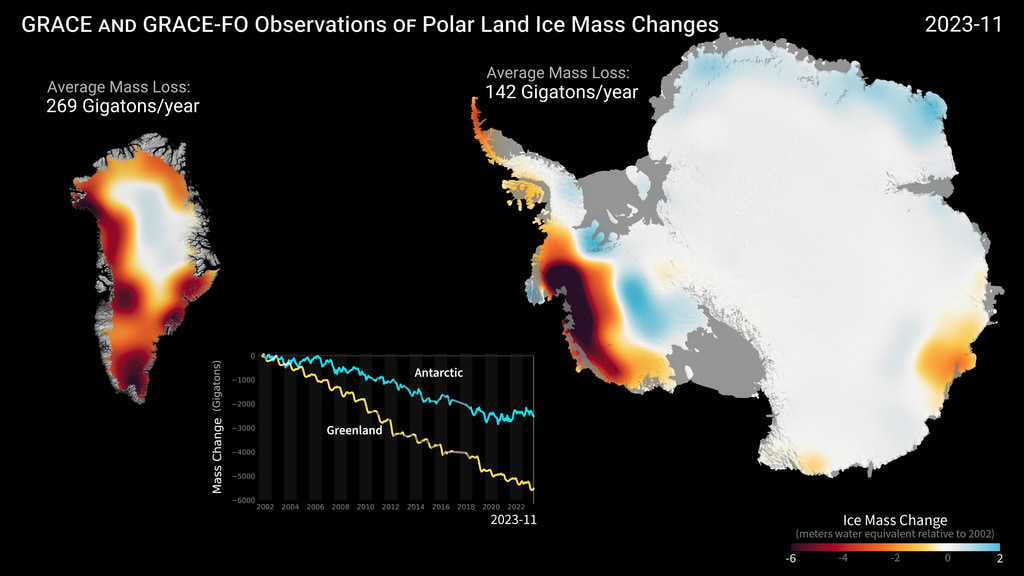
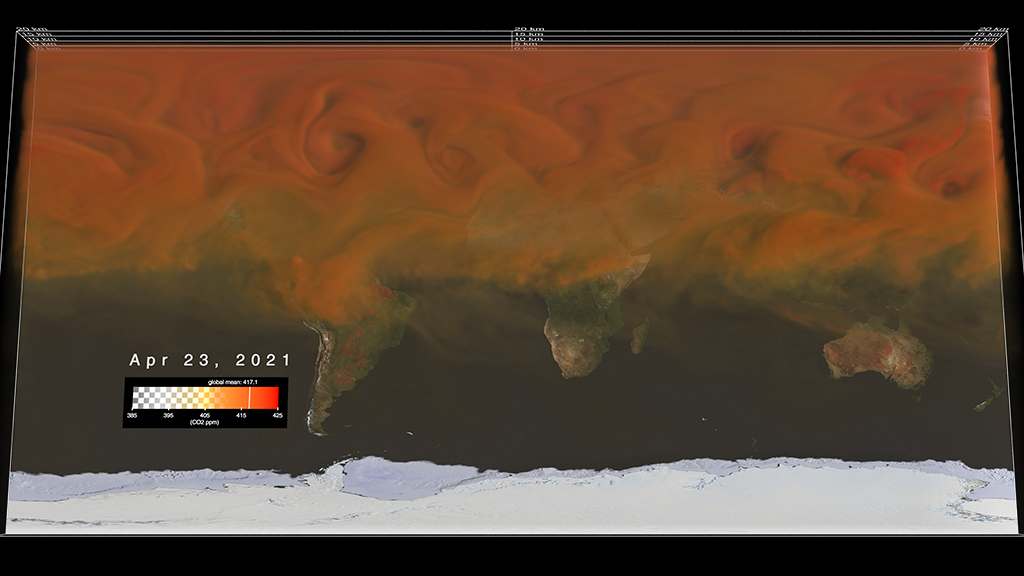
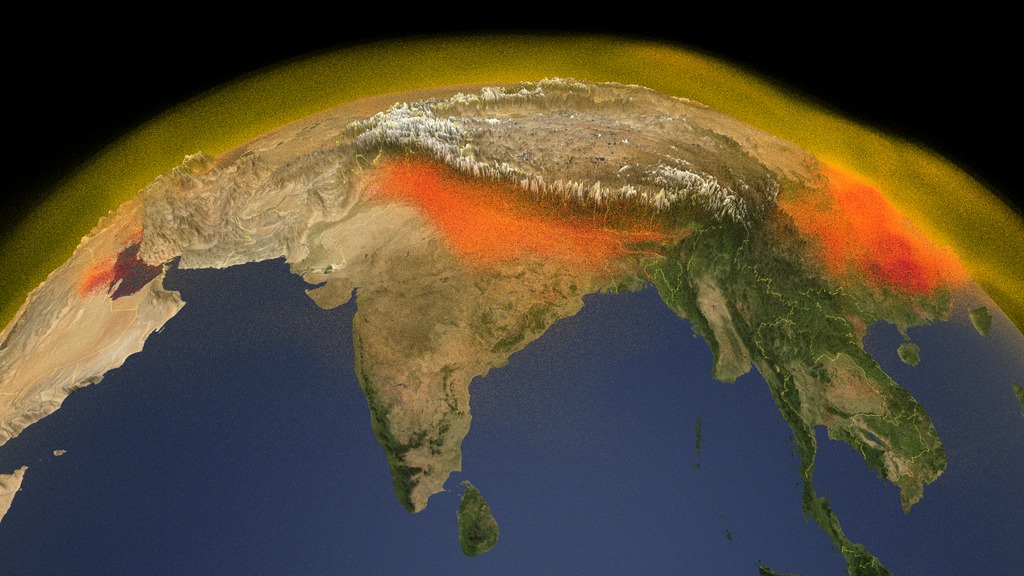
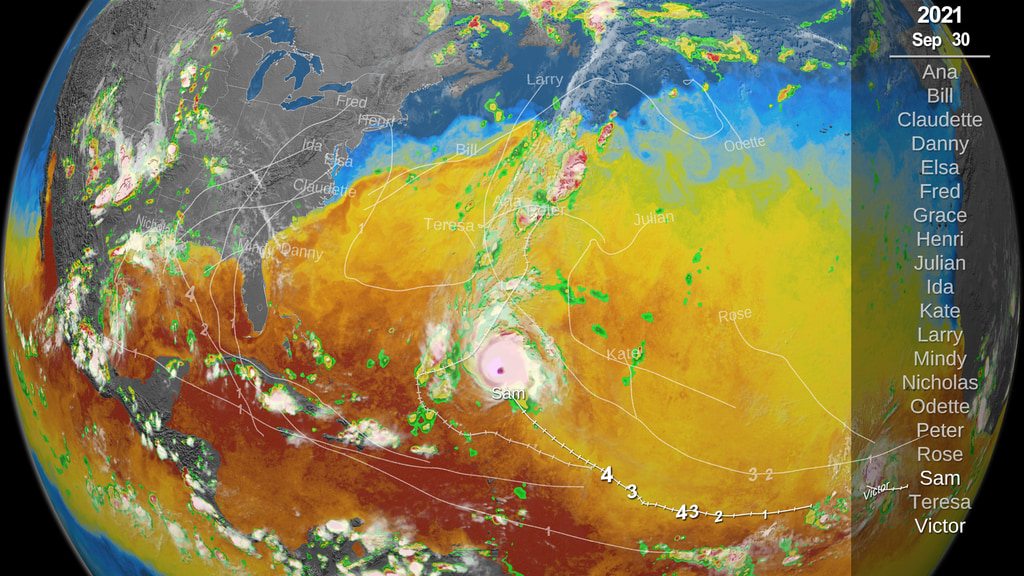
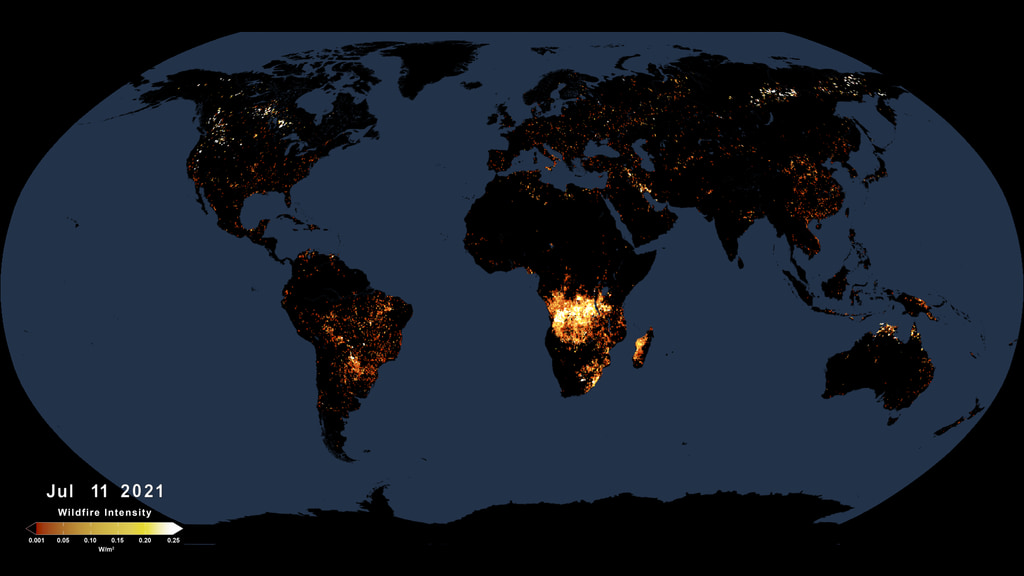
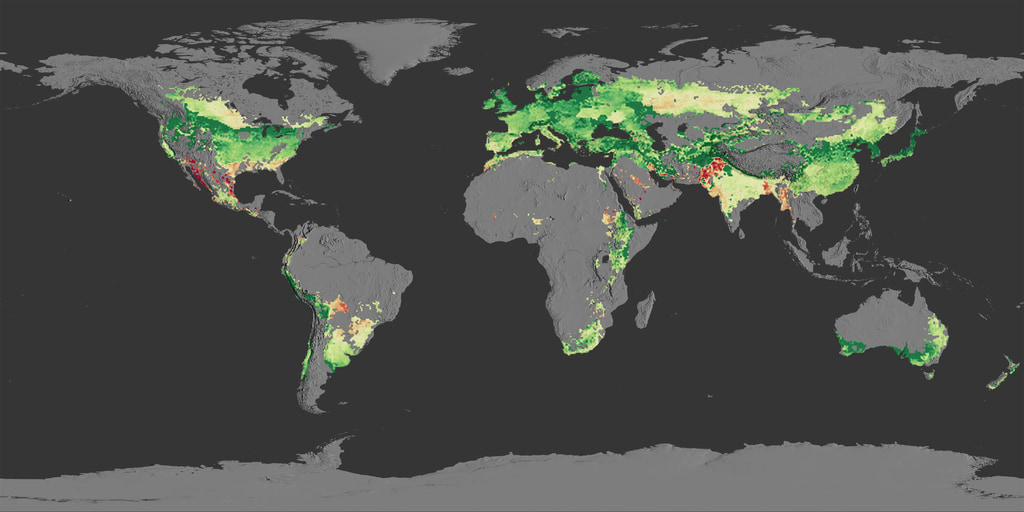
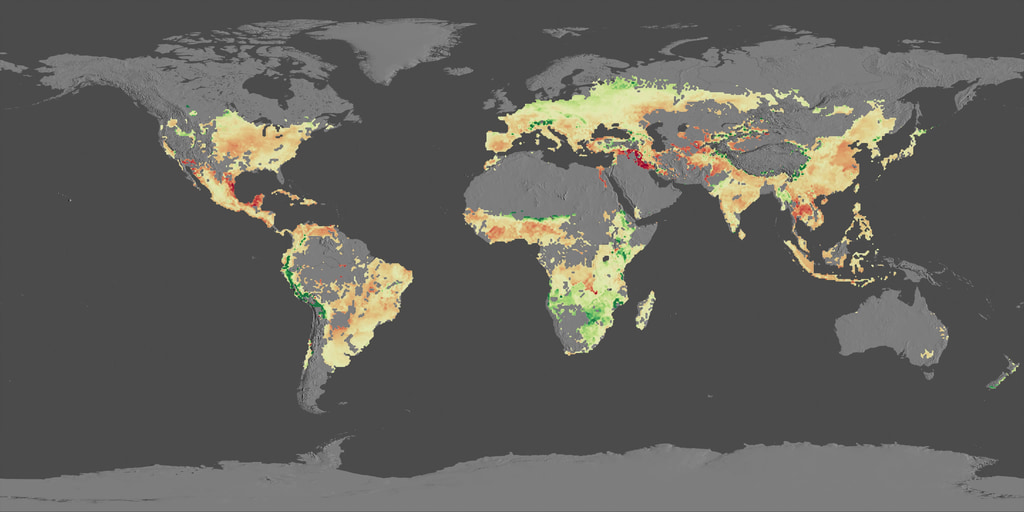
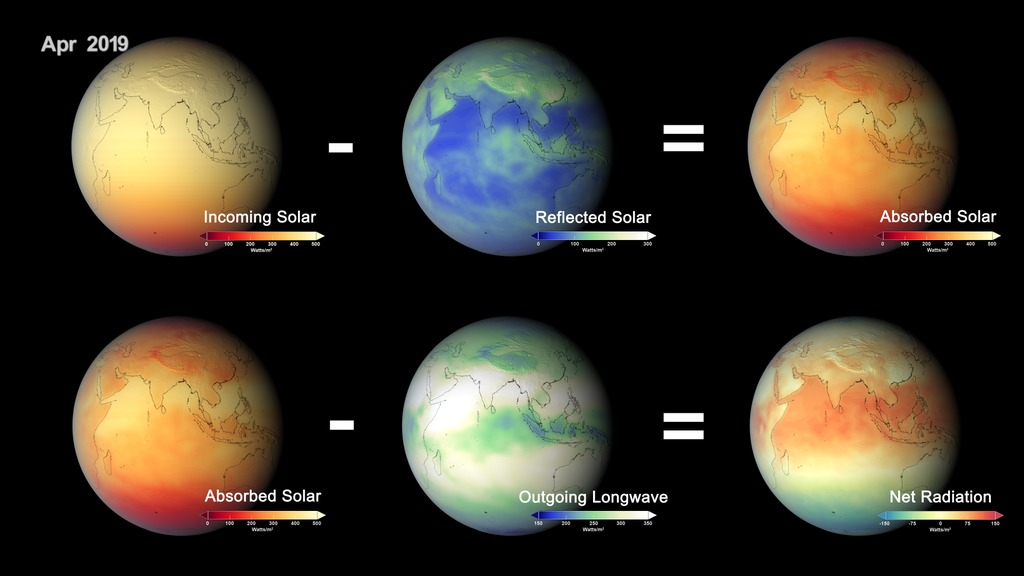
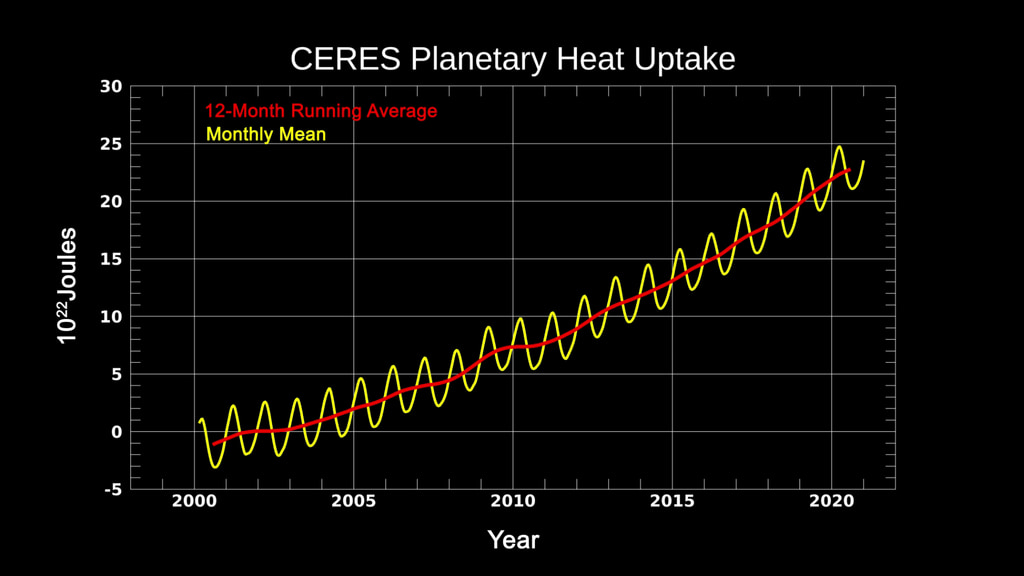
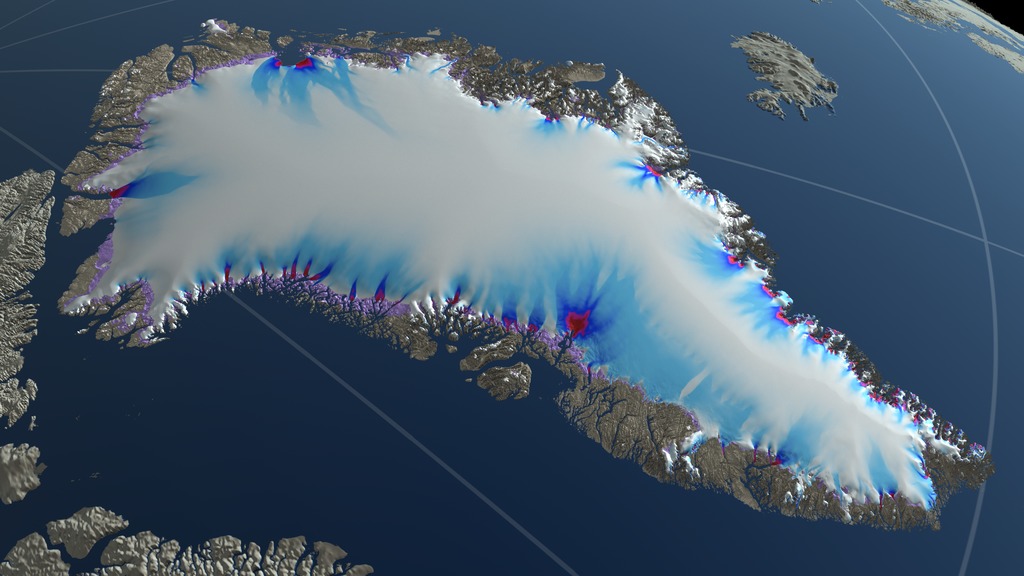
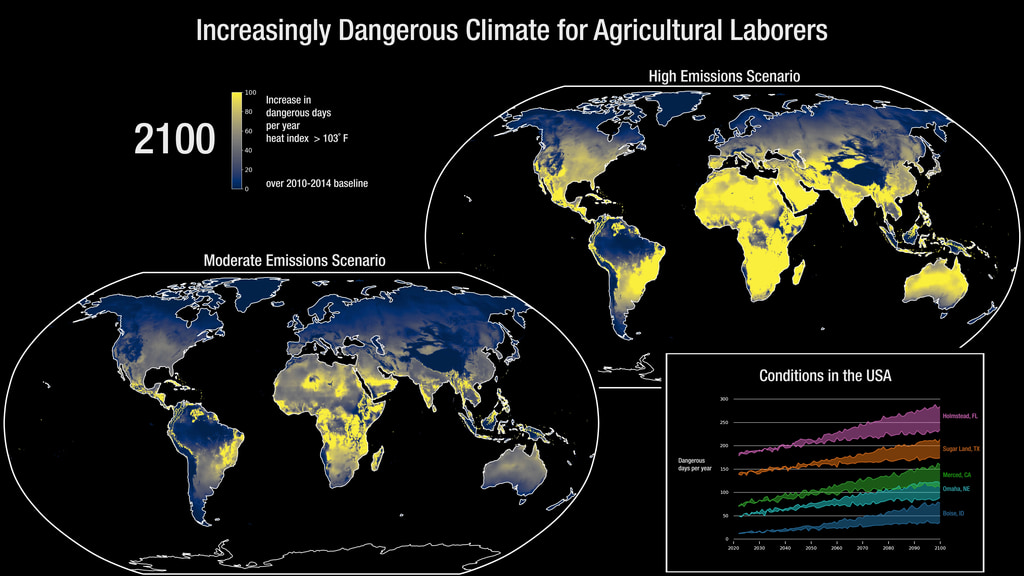

![Universal Production Music: Knock and Wait (Instrumental) by Brice Davoli [SACEM], Well That’s Difference (Instrumental) by Jeff Cardoni [ASCAP], Wanna Be Hipster (Instrumental) by Jeff Cardoni [ASCAP], Curiosity Killed Kitty (Instrumental) by Robert Leslie Bennett [ASCAP], Eco Issues (Instrumental) by Max van Thun [GEMA] Additional Footage: Pond5.com, CSPANComplete transcript available.](/vis/a010000/a014000/a014066/Title.jpg)
![Music: Futurity by Lee Groves [PRS] and Peter George Marett [PRS]Complete transcript available.](/vis/a010000/a013900/a013979/Screen_Shot_2021-10-28_at_2.29.18_PM.png)
![Music: Dawn Drone by Juan Jose Alba Gomez [SGAE]Complete transcript available.](/vis/a010000/a013800/a013839/Thumbnail_print.jpg)
![Music: "Dew" by Matthew Nicholson [PRS], Suki Jeanette Finn [PRS]This video can be freely shared and downloaded. While the video in its entirety can be shared without permission, some individual imagery provided by pond5.com is obtained through permission and may not be excised or remixed in other products. Specific details on stock footage may be found here. For more information on NASA’s media guidelines, visit https://www.nasa.gov/multimedia/guidelines/index.html.Complete transcript available.](/vis/a010000/a013600/a013699/ImjaLake.jpg)
![Music: A Curious Incident by Jay Price [PRS] and Paul Reeves [PRS]Complete transcript available.](/vis/a010000/a013700/a013781/CO20.jpg)
![Complete transcript available.Music: "Reported Missing" by Andrew Michael Britton [PRS] and David Stephen Goldsmith [PRS]This video can be freely shared and downloaded. While the video in its entirety can be shared without permission, some individual imagery provided by Artbeats is obtained through permission and may not be excised or remixed in other products. Specific details on stock footage may be found here. For more information on NASA’s media guidelines, visit https://www.nasa.gov/multimedia/guidelines/index.html.](/vis/a010000/a013500/a013559/Methane_Still.jpg)
![Music: Organic Machine by Bernhard Hering [GEMA] and Matthias Kruger [GEMA]Complete transcript available.](/vis/a010000/a013700/a013799/2020Temp.png)
![Music: Tides by Jon Cotton [PRS], Ben Niblett [PRS]Complete transcript available.](/vis/a010000/a013200/a013233/Greenland_Still_Two.jpg)
